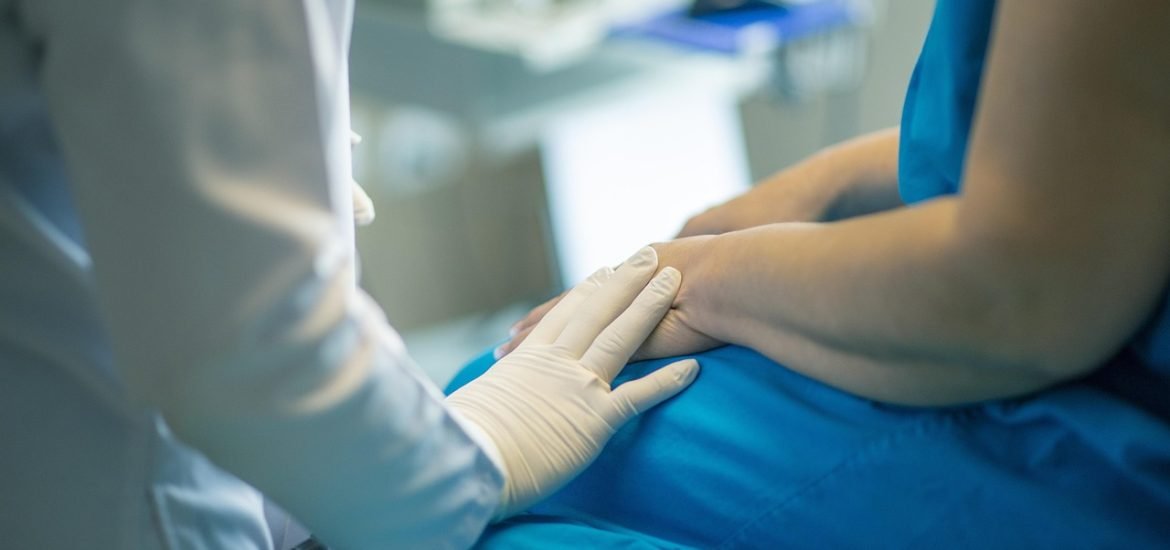
German researchers have discovered a dormant state in dangerous bacteria, according to a study published in the scientific journal mBio. The authors believe this may eventually lead to new ways to fight these bacteria.
Acinetobacter baumannii is an extremely dangerous and antibiotic-resistant bacteria commonly found in hospitals. Infections with this pathogen were first detected during the Iraq War and have since increased worldwide at a rapid pace. The situation is becoming so worrying that the World Health Organization (WHO) has ranked Acinetobacter baumannii as a top priority for developing new drugs. The problem is that these bacteria are not only resistant to antibiotics but can also adapt to even extreme conditions, such as no water or high salinity. In addition, it can infect many different systems in the body, including the bladder, skin, and lungs.
The Research Unit (FOR) 2251 of the German Research Foundation has been studying these bacteria since 2017. The team has now unveiled a new adaptation mechanism where bacteria enter a dormant state with limited activity when conditions become too severe. The researchers found that increasing salt content, desiccation, and low oxygen triggers the VBNC state. On the other hand, it’s also possible to wake up the bacteria after two days cultured in media with an optimum supply of nutrients and oxygen.
Although they can still show signs of life, it is no longer possible to cultivate them on culture media in Petri dishes. This “is referred to as the viable but non-culturable (VBNC) state,” explains Patricia Müller. “We have kept the bacteria in VBNC deep sleep for eleven months now and check regularly whether we can still wake them up. The study is still ongoing, and there is no end in sight.”
The problem is that our best way to test for the presence of bacteria is still to culture them in vitro. This is how hospitals and food for human consumption are tested. “Imagine the following: A patient with an Acinetobacter baumannii infection is treated with antibiotics, and after seven days, no more Acinetobacter bacteria grow on the Petri dishes. Doctor and patient assume that the bacterium has disappeared, but it is, in fact, just asleep in the nooks and crannies of the body, waiting to wake up again at the next better opportunity, multiply, and trigger symptoms in the patient again. This is extremely dangerous, particularly in the case of multidrug-resistant bacteria,” explains Beate Averhoff.
“We hope that this will help us to contribute to developing more effective treatment concepts against Acinetobacter baumannii. Above all, we need to use more sensitive methods – in addition to Petri dishes – to detect it, such as PCR, which can also be used to spot VBNC cells,” added Patricia König.
The authors have some ideas to fight these bacteria. For example, the proteins involved in the transition to the dormant state are potential therapeutic targets, and the team is trying to identify these proteins. “We must learn to understand the role of these proteins. This will form the basis for developing inhibitors against them, which can be administered together with antibiotics to prevent the bacteria falling into a dangerous slumber,” concluded König.
König P, Wilhelm A, Schaudinn C, Poehlein A, Daniel R, Widera M, Averhoff B, Müller V. The VBNC state: a fundamental survival strategy of Acinetobacter baumannii. mBio. 2023 Sep 28:e0213923. doi: 10.1128/mbio.02139-23